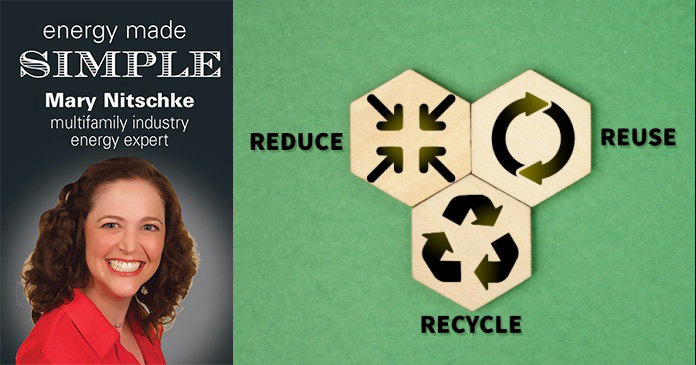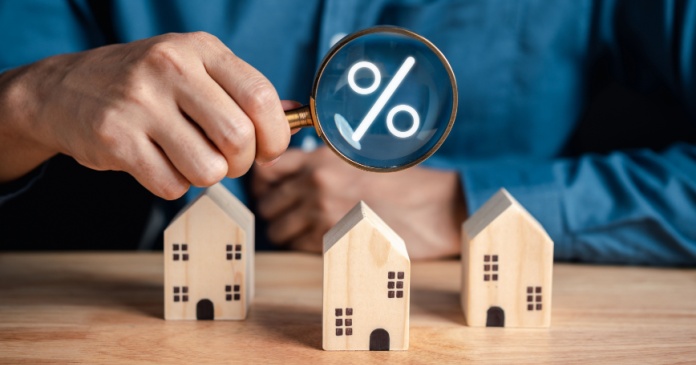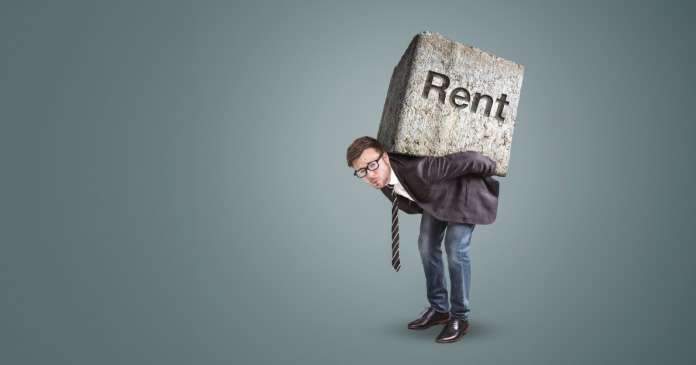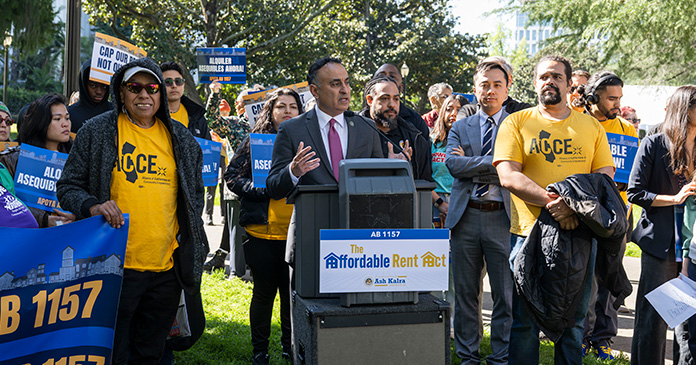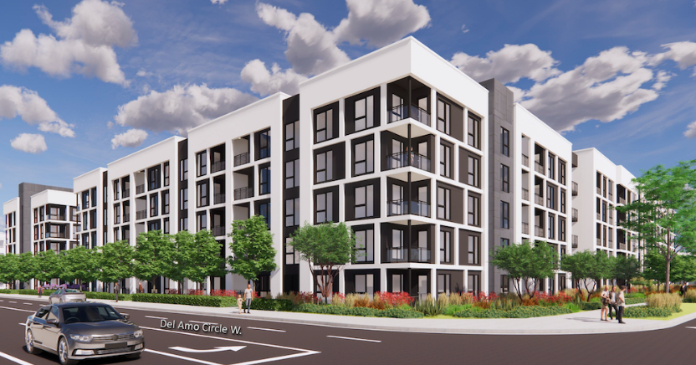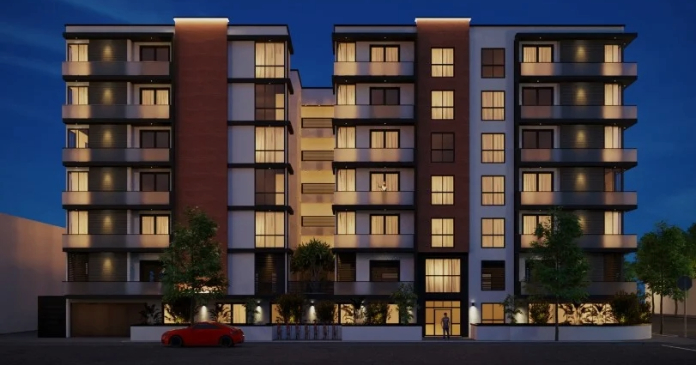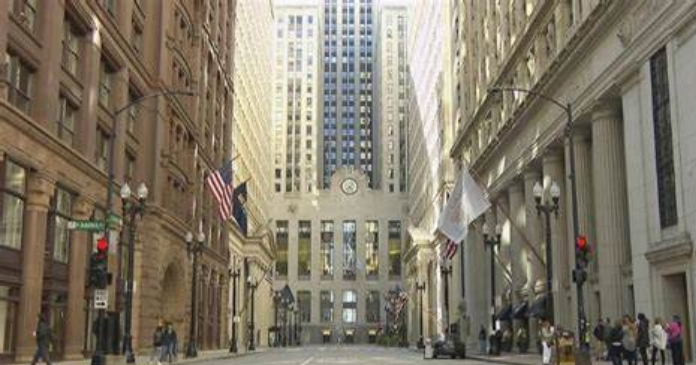One of my coworkers had to take time off work for a parent-teacher conference. When he returned, a smile rested on his face as he was pleased with the results for his child. I, on the other hand, recently attended a State of Recycling in Residential presentation on my lunch break which was hosted by The Recycling Partnership. They presented the U.S. report card on recycling in residential properties. Subsequently, my resting face was not so smiley.
If you are unfamiliar with The Recycling Partnership (“TRP”), they are an eleven-year-old nonprofit focused on improving recycling in the United States. They provide data, recycling guides and, in some instances, grants to assist cities and property owners to implement successful recycling strategies. On their call, they presented their report card for the current state of our recycling efforts.
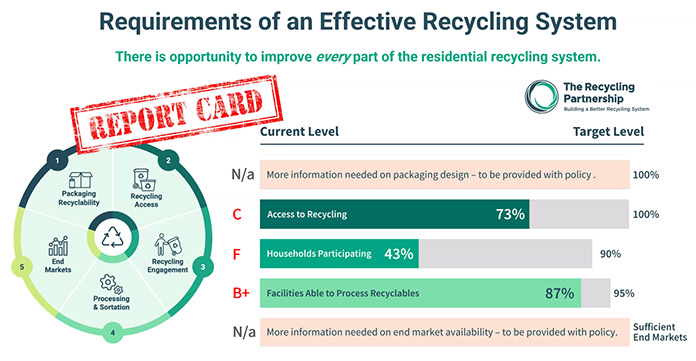
Our first grade of “C” or lower was for access to recycling. Some access challenges are market driven as shown in the “state of recycling” chart, which provides insights into what parts of the country have no access to recycling:
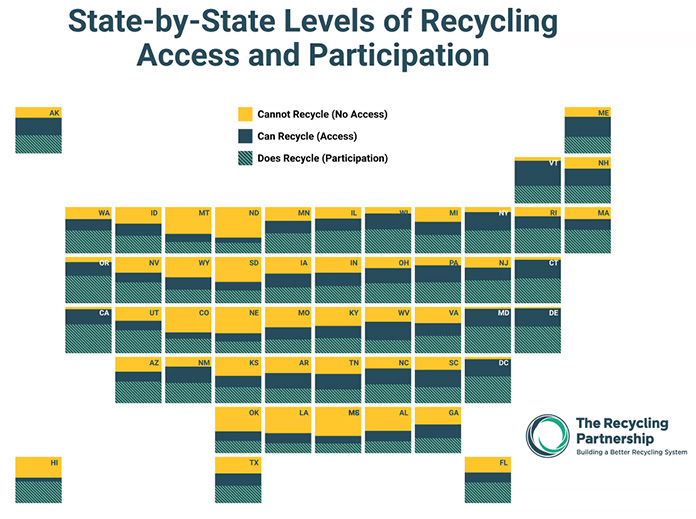
Beyond lower access rates, recycling in apartments faces unique difficulties. Space constraints both within individual units and in shared common areas make storing and collecting recyclables challenging. Higher contamination rates are common due to transient populations, inconsistent education (compounded by high resident and property manager turnover), language barriers and less individual accountability compared to single-family homes. Property managers may also face logistical complexities and higher costs for implementing and managing recycling services separate from trash collection, sometimes without municipal requirements or incentives.
As you can see, we got an “F” in participation. What was interesting regarding the discussion was that the lack of participation was not related to a lack of desire to recycle, but rather to a lack of certainty about what could be recycled. Rather than contaminate the recycling, residents opted to throw items in the trash. This ultimately meant that, of material that could be recycled, only about 21% of it was being recycled.
Signs of hope: Innovation and Focus
Despite the hurdles, there’s significant momentum for improvement:
- Investment & Technology: Significant investments are being made to upgrade recycling systems. Technologies like AI are improving efficiency and accuracy in recycling at the bin level and at the material recovery facility (MRF). Organizations like the Association of Plastic Recyclers (APR) push for designing packaging for recyclability from the start.
- Circular Economy Focus: Additionally, the question was posed, “Does old stuff turn into new stuff?” This question could not be answered, demonstrating how the gap in data creates a lack of confidence in recycling in our communities. There is a growing understanding that recycling is just one part of a larger solution. The focus is shifting towards a “circular economy” – reducing waste generation in the first place, reusing items, and then recycling what is left. Initiatives like the U.S. Plastics Pact bring together stakeholders to work towards this goal.
At the end of the day
We know in many markets that there is an economic benefit for our properties for recycling. If only 21% of the materials that can be recycled are being recycled, then we have opportunities to deepen our cost savings by enhancing our programs. The time might be ripe for a waste audit of your enclosures and the contents of your containers (or to hire auditors to do this for you) to find out what levers to pull to improve your costs, diversion, resident satisfaction and our recycling report card grades.


